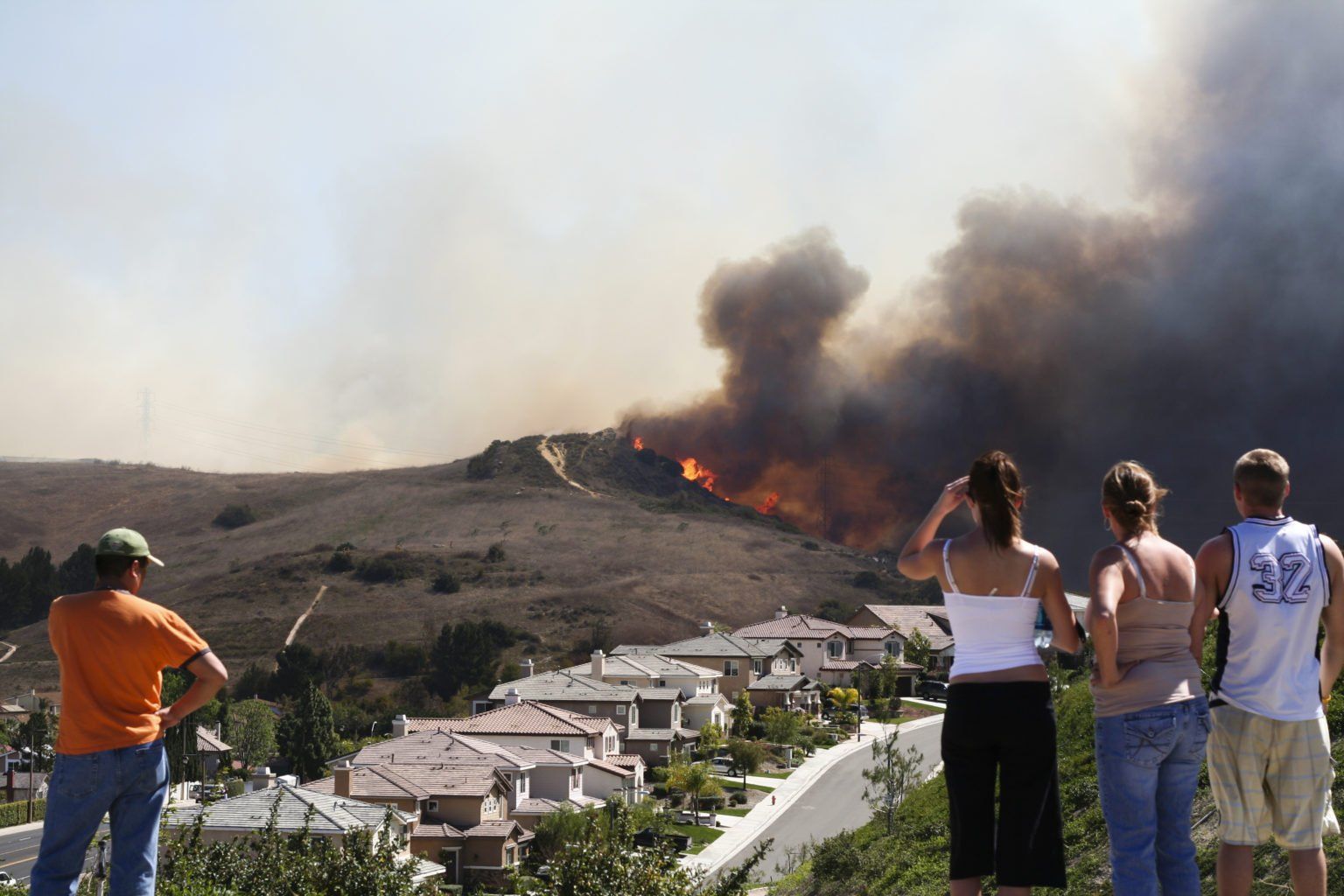
Australia’s most recent fire season has been one of the most damaging in the country’s history, with flames destroying upwards of 12 million acres of land. While each state has been affected by the 2019/2020 fires, New South Wales and Victoria have been hit the hardest.
With the majority of the fires now under control, the country is starting to pick up the pieces, assess the damage and begin strategic planning that will aid in reducing such devastation in the future. There is growing interest in academic and policy circles in undertaking risk reduction and building disaster resilience through improving land-use planning regulations to control future housing and infrastructure developments in the urban growth corridors.
Much of this will have to do with bushfire mitigation projects taking precedence across the country, with engineers from all disciplines able to use their technical skills and experience to the country’s benefit to mitigate future fire events.
Current building standards may not be enough
As cities’ populations increase and the urban sprawl encroaches on traditional bushfire zones, researchers calling for homes and buildings to be made substantially more fire-resistant.
According to Ian Weir, a researcher at the Queensland University of Technology who studies bushfire responsive architecture, while bushfire embers caused by vegetation surrounding homes is indeed a threat, current building standards place too much emphasis on clearing vegetation to reduce fire risk.
“We’re enabling quite conventional homes to be built in very, very extreme bushfire areas, because we’re relying on defendable zones to provide the bushfire protection,” Weir told NPR. “For homeowners, it’s less expensive to cut back vegetation than to retrofit houses to be more fire resistant, or to build new homes that meet the latest standards.”
Homes that received the most damage or where completely destroyed were those built more than a decade ago and do not comply with current standards, making them more flammable. This could mean significant implications for civil and residential engineering, with potential for updated building standards being imposed with future fire risks in mind.
Electrical engineers
Electrical engineers will also be learning vital lessons for future disasters, as the bushfires have threatened electricity distribution. In New South Wales, the bushfires blazed through a link connecting the state’s electricity link with that of Victoria’s. As a result, many transmission lines were reduced to rubble seeing the government make calls to the public to limit their power consumption.
Two substations in the Snowy Mountains region were closed, causing 900MW to be lost from the grid – but impressively, electrical engineers managed to keep the lights on thanks to emergency backup sources of power. There were some regions however, specifically from South Nowra to Moruya and Tumbarumba where power was non-existent due to the ravaging fires.
This kind of mass electrical disturbance shows the need for greater resilience to fires in the future when it comes to protecting power sources located in bushfire zones.
Enhancing Resilience of critical road and rail structures
According to a report by the Department of Infrastructure and Regional Development, infrastructure assets such as roads and rail lines, are susceptible to the impacts of changing weather patterns and bushfires.
Higher than average temperatures expected to cause the continuation of such major weather events will accelerate damage to roads and track buckling in the rail network, further adding to already rising costs. Elevated levels of carbon dioxide in the atmosphere also have the potential to accelerate deterioration of concrete.
Overall, infrastructure developers and managers will need to consider the increasing threat of bushfires to ensure adequate provision is made for system resilience, taking into account approaches that minimise the consequences of failure across road and rail assets.
If you are looking to work in the engineering and technical fields, or have an interest in bushfire mitigation projects, contact us today and speak with one of our specialist Consultants.



